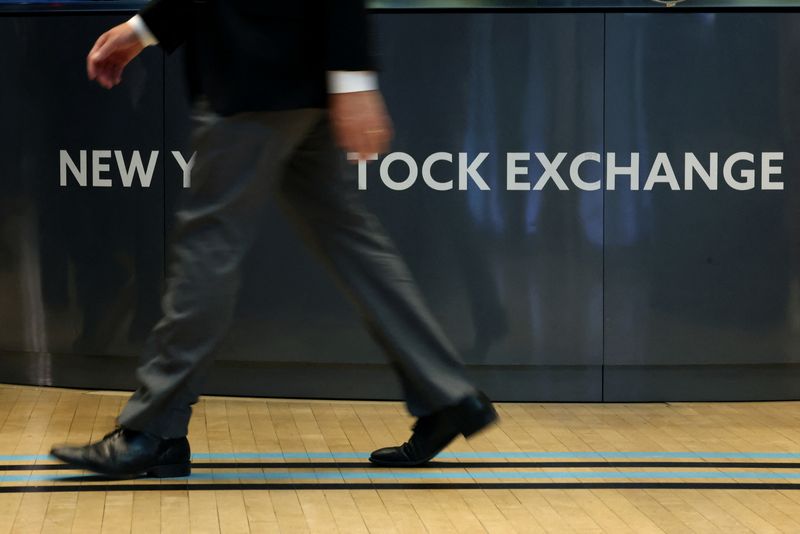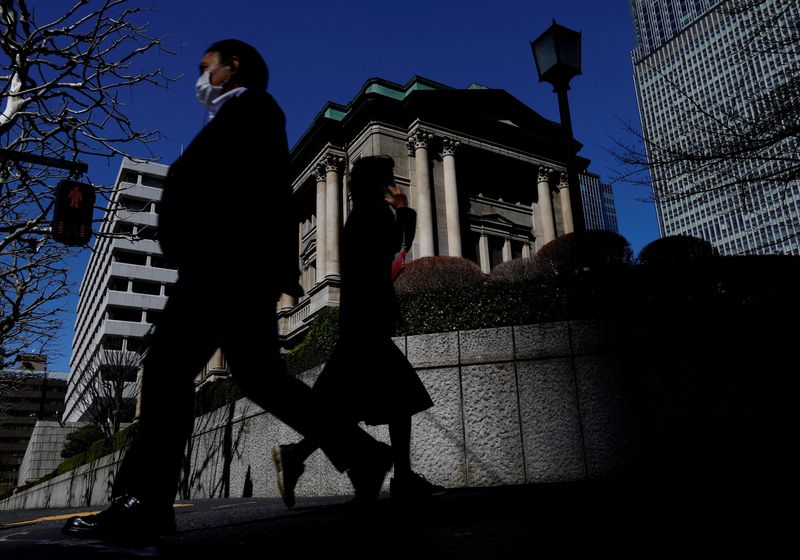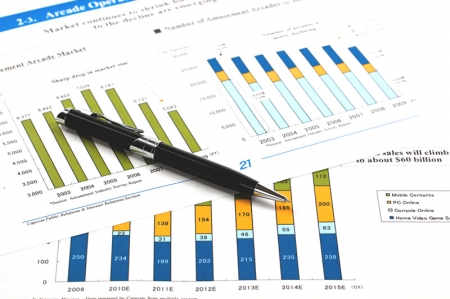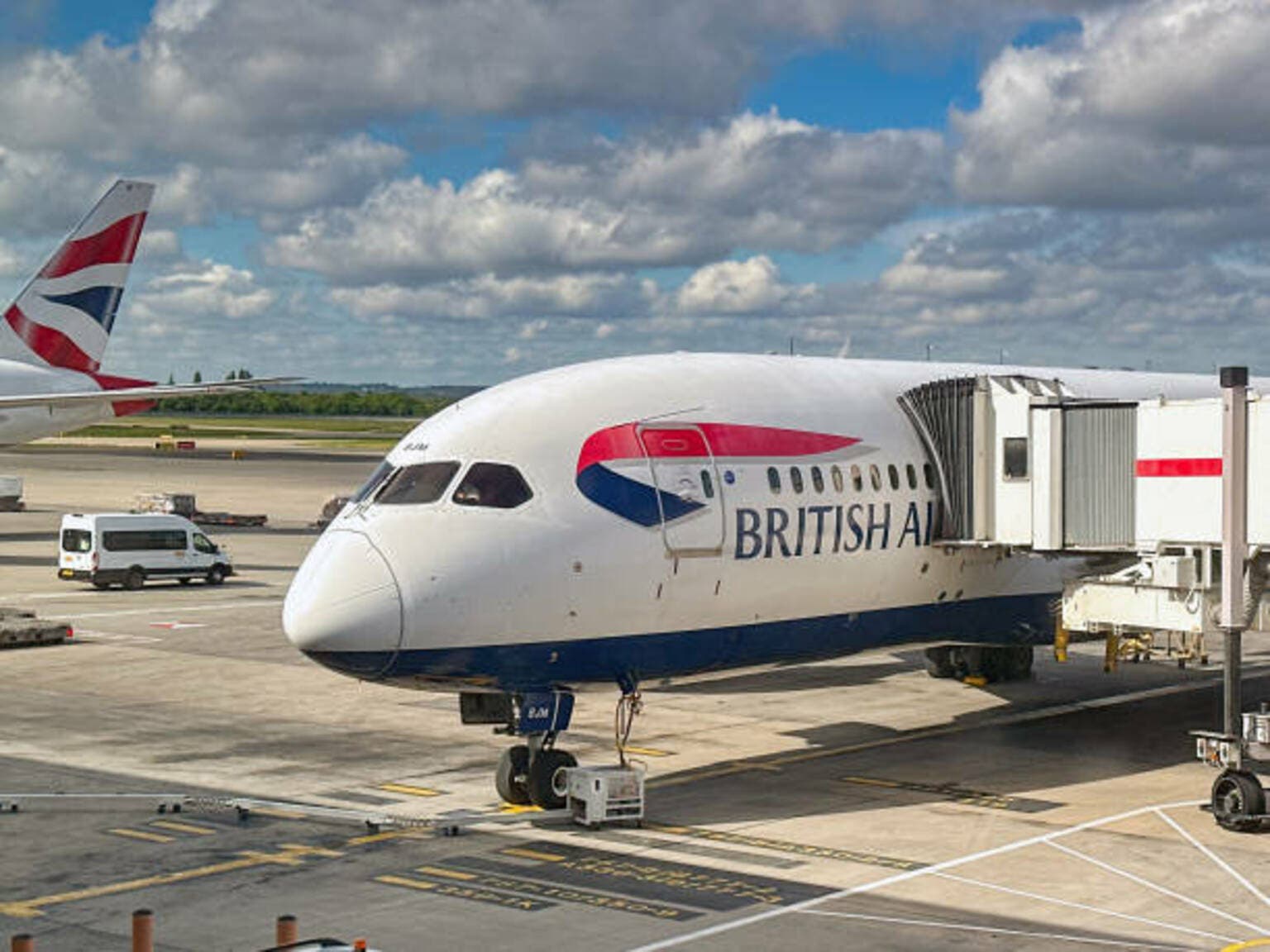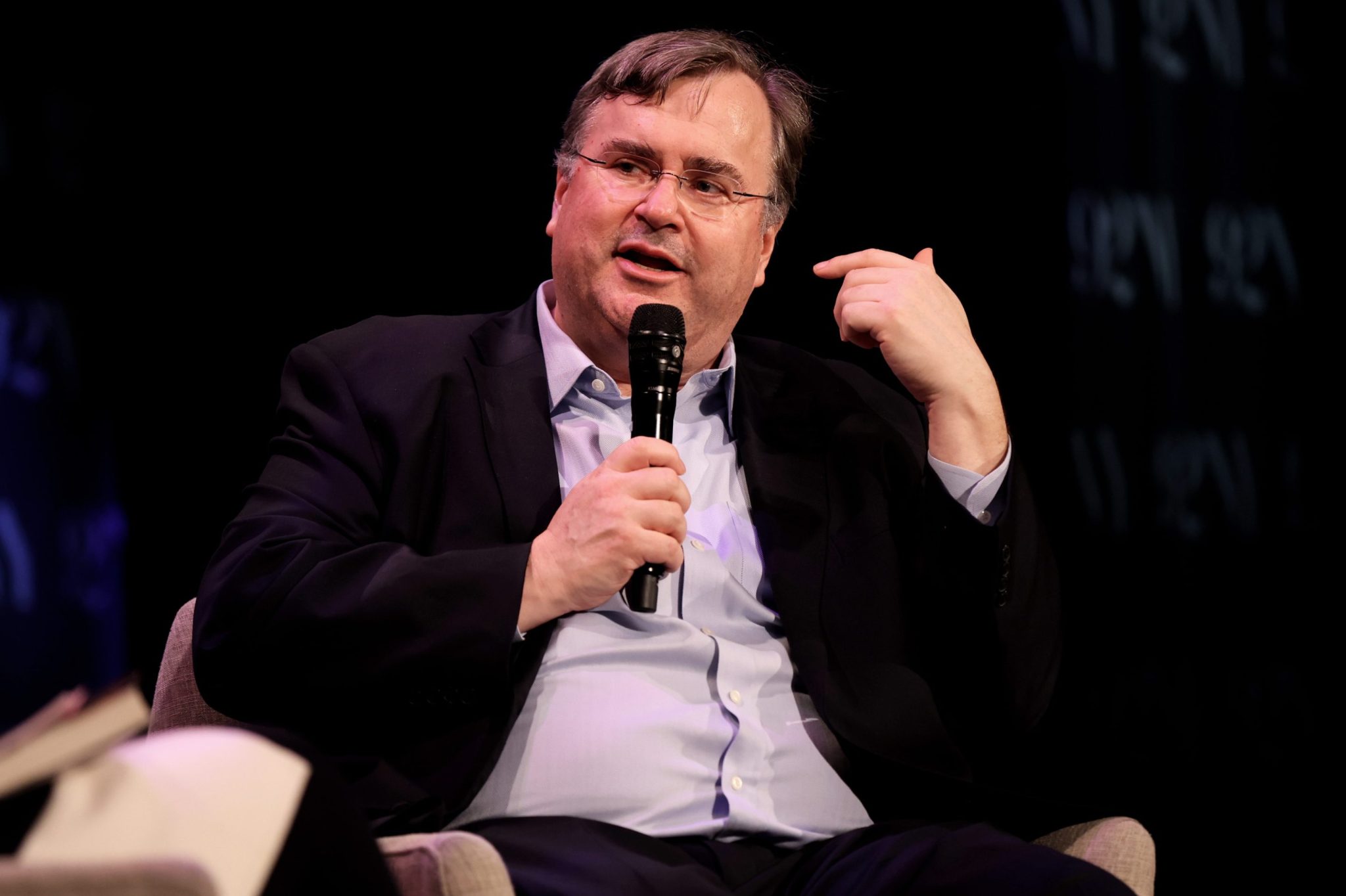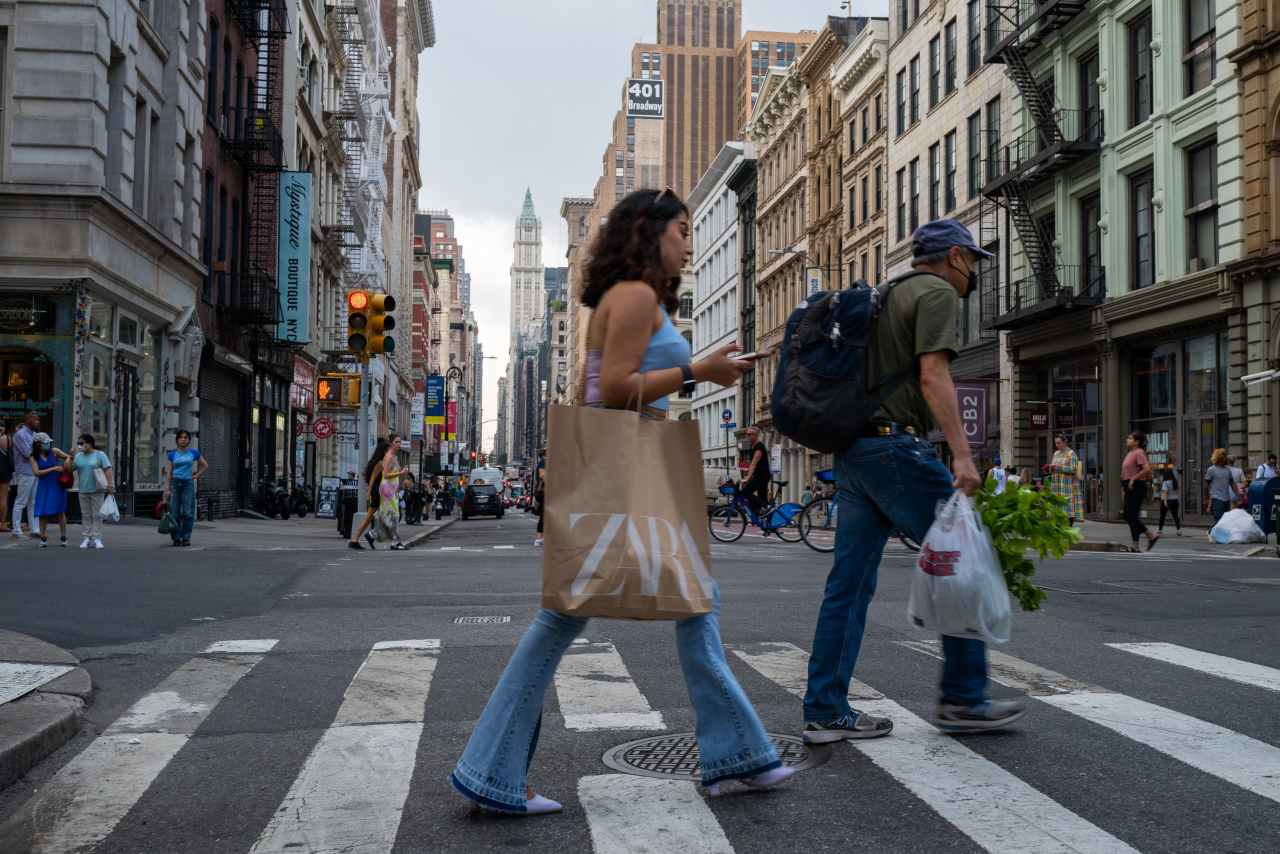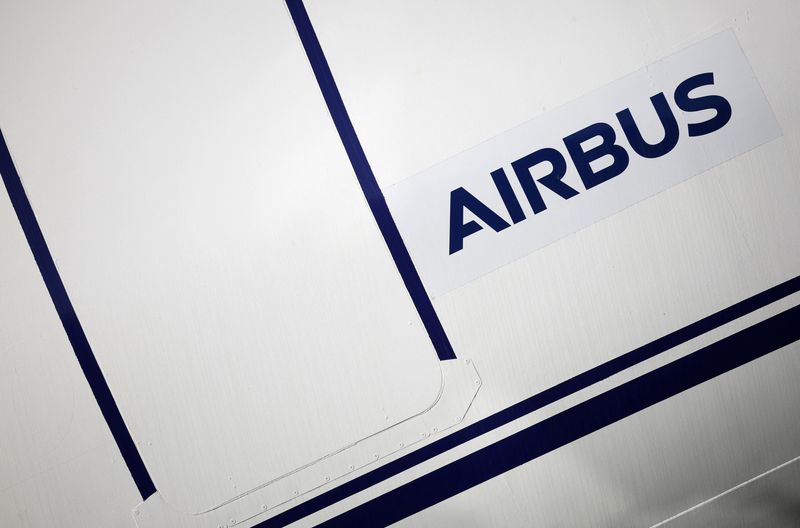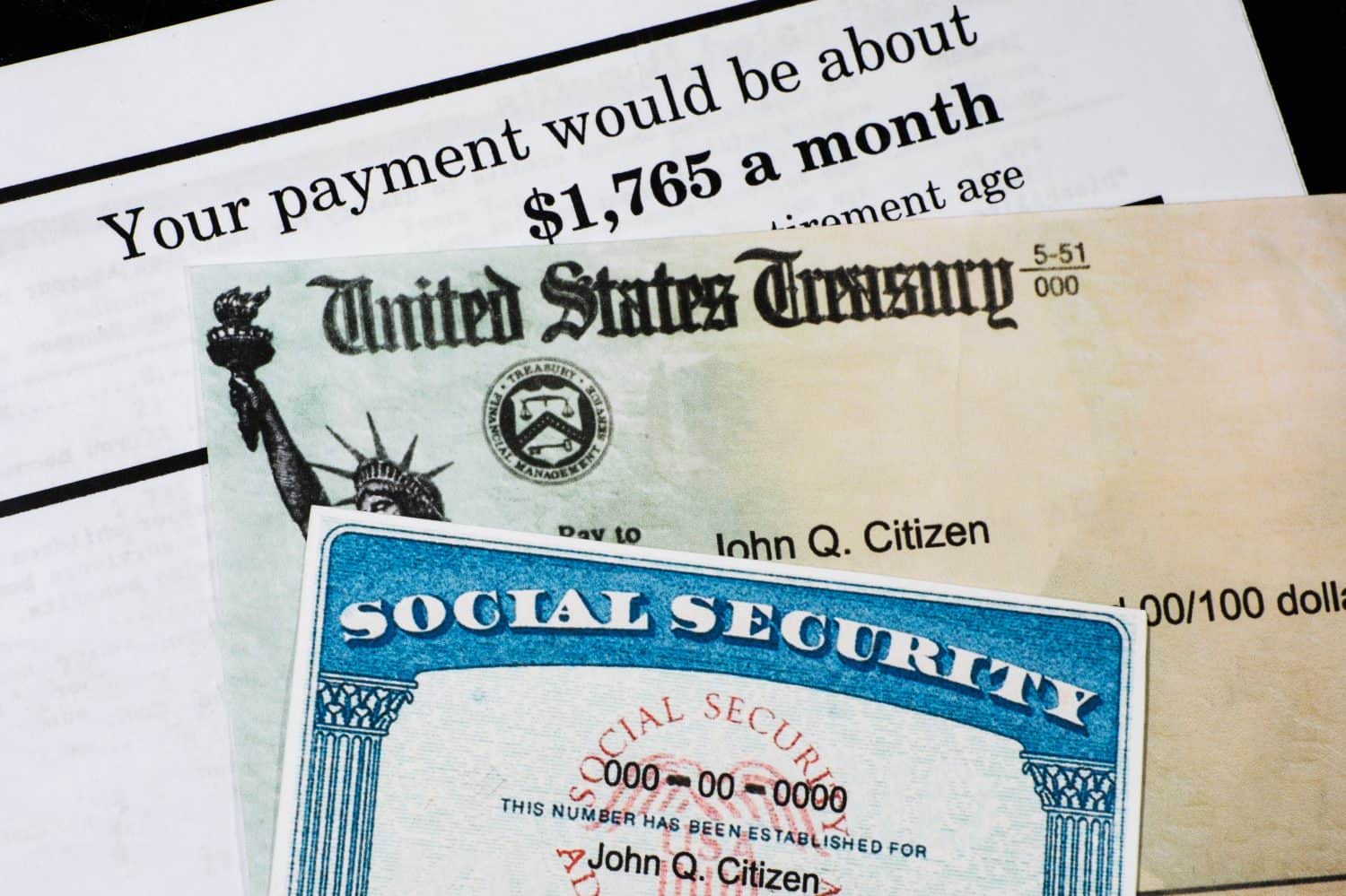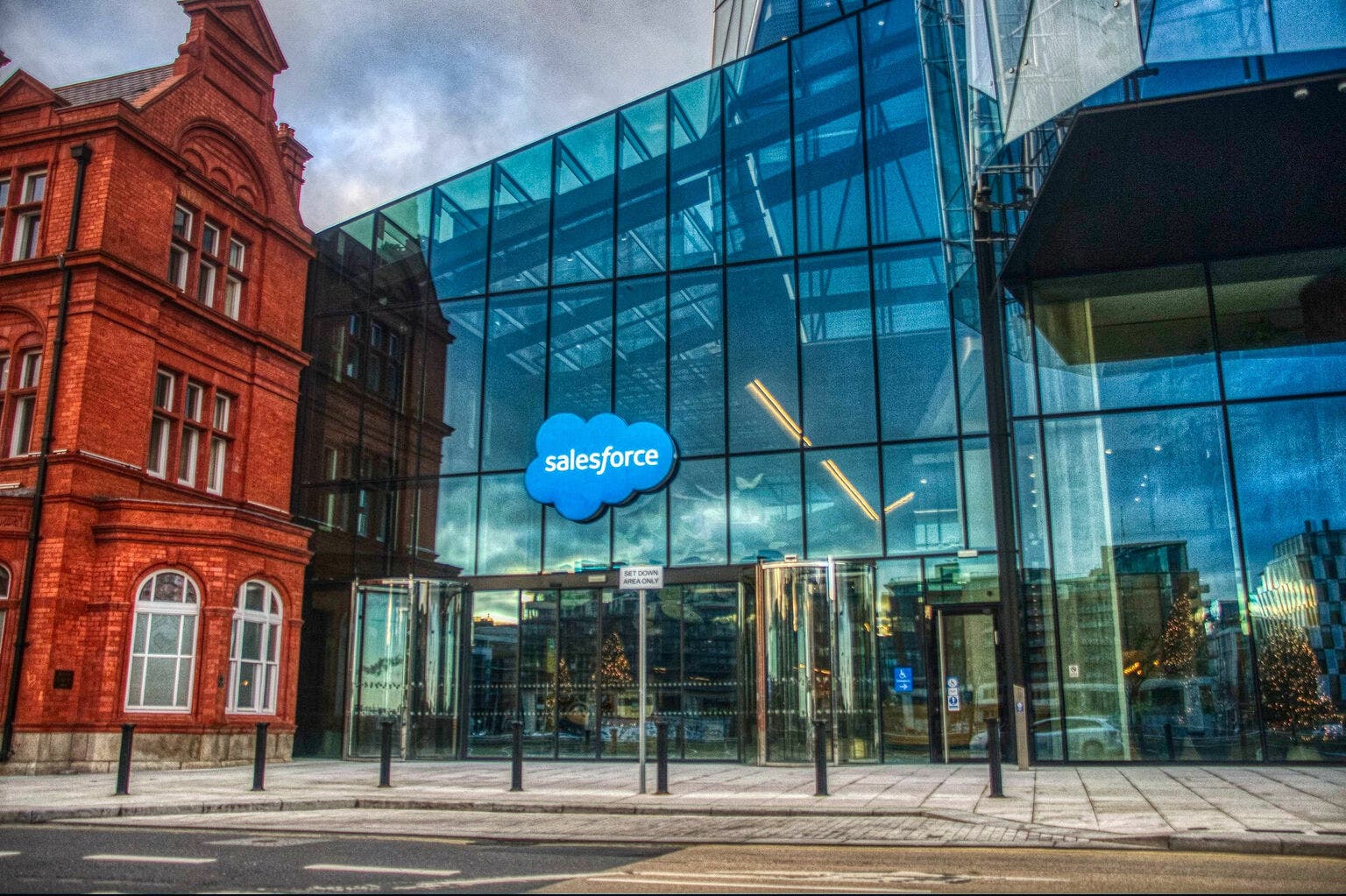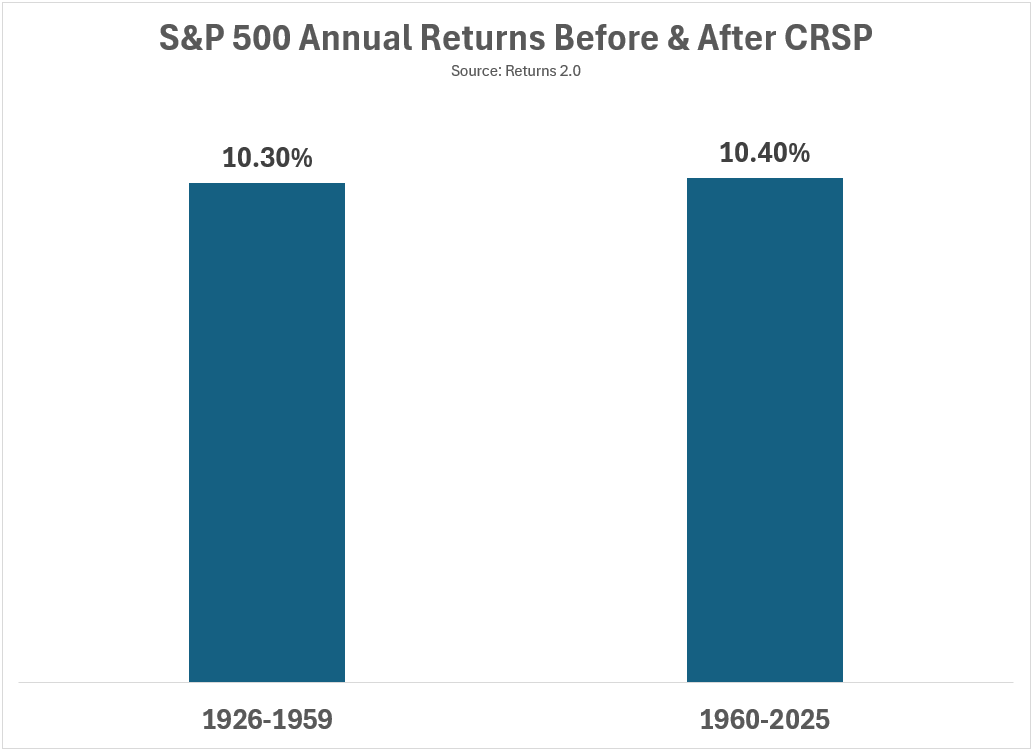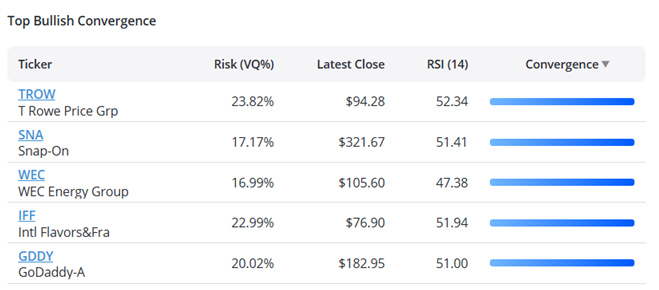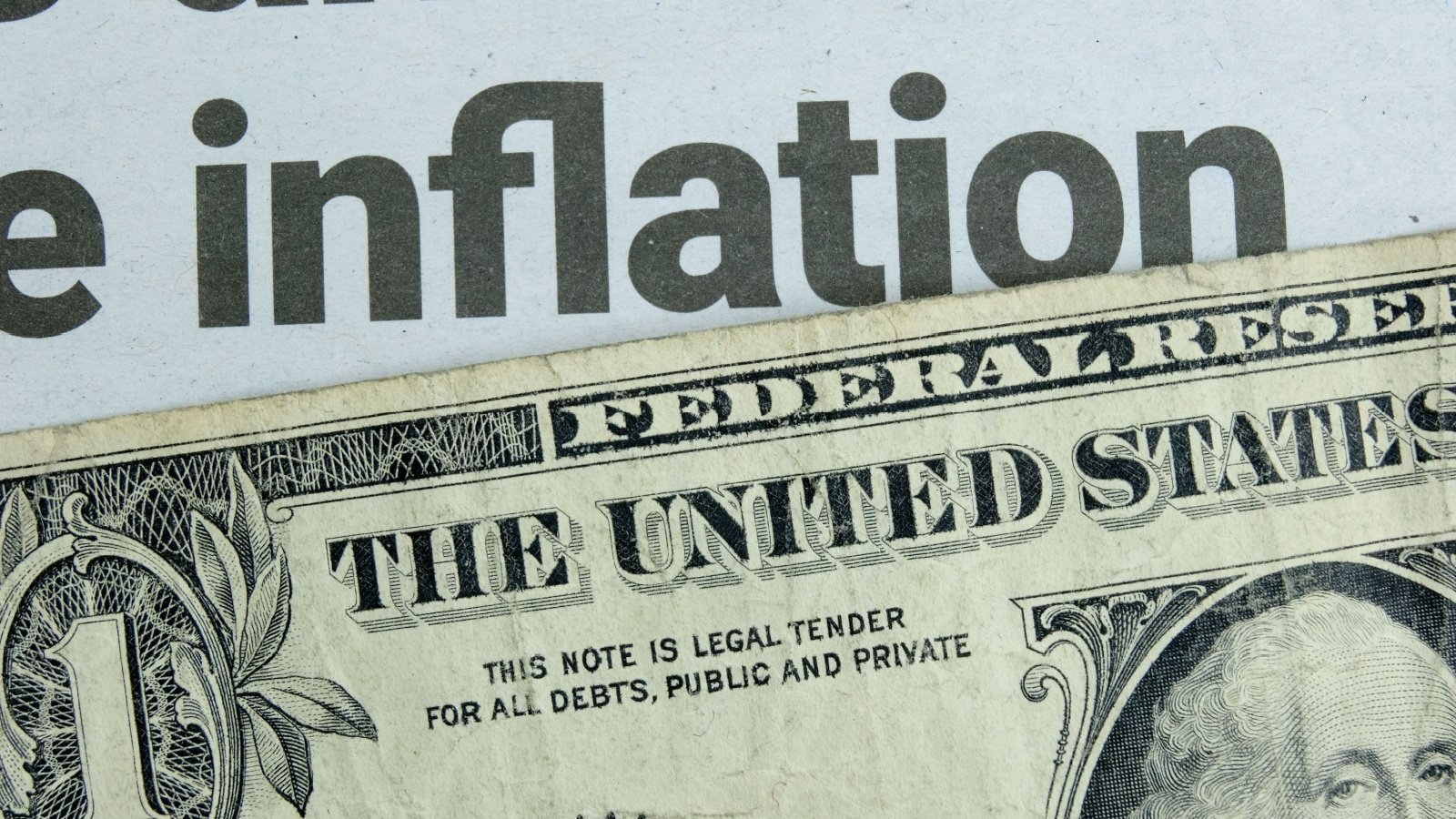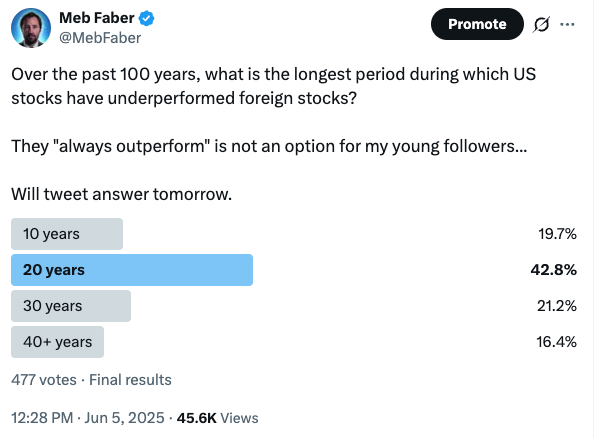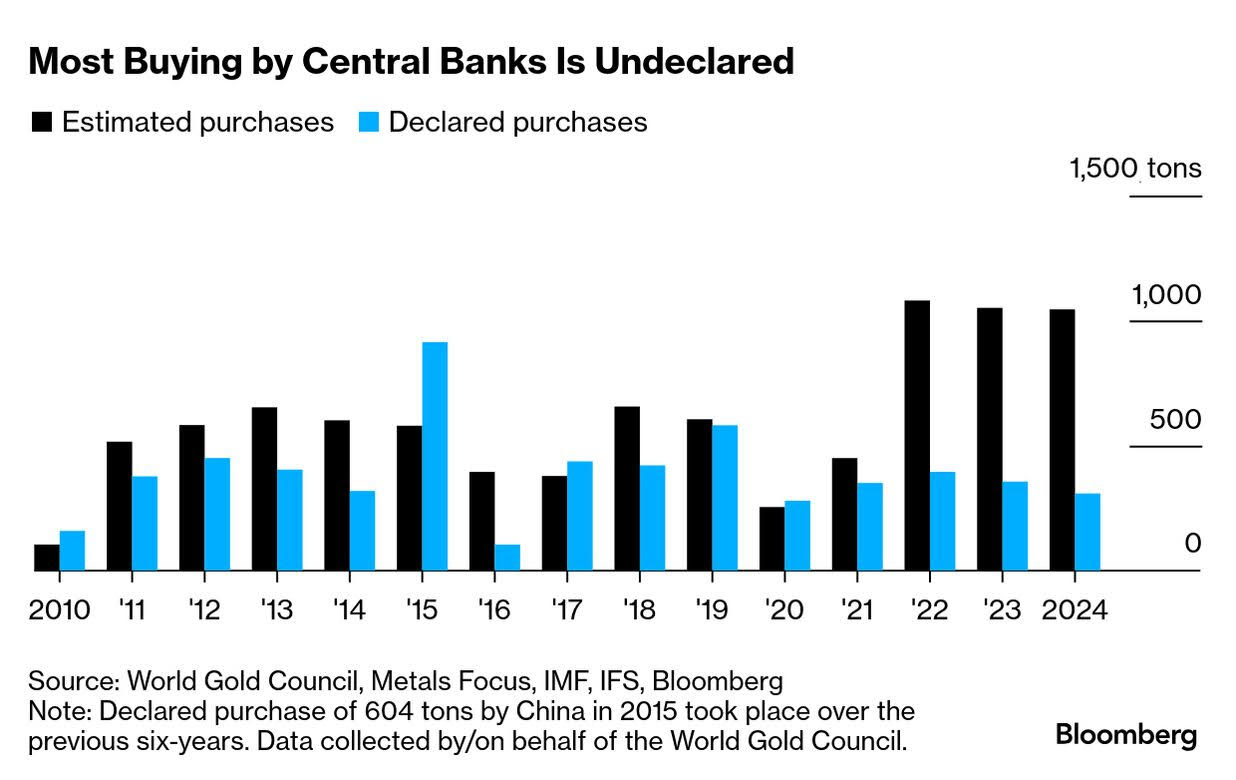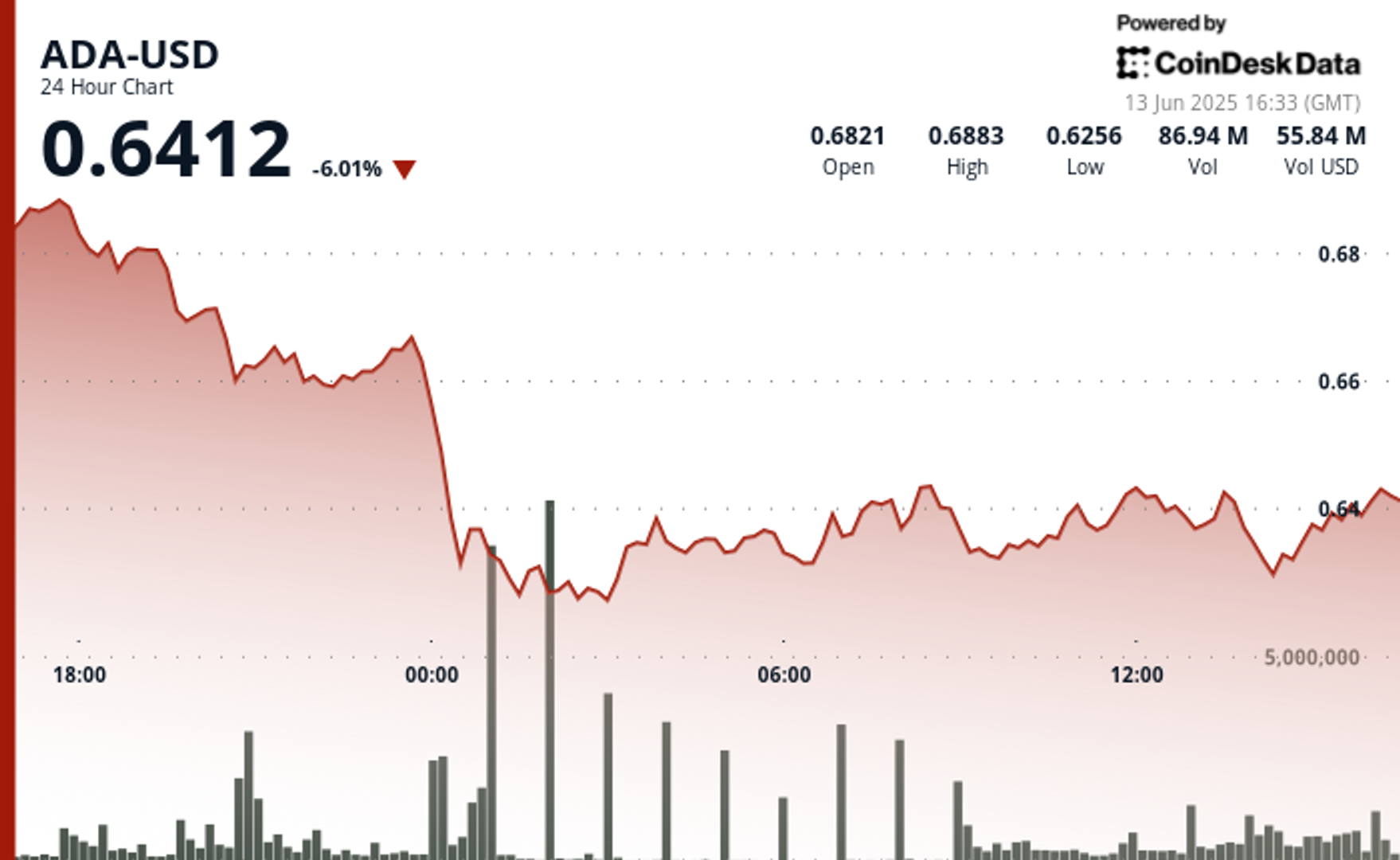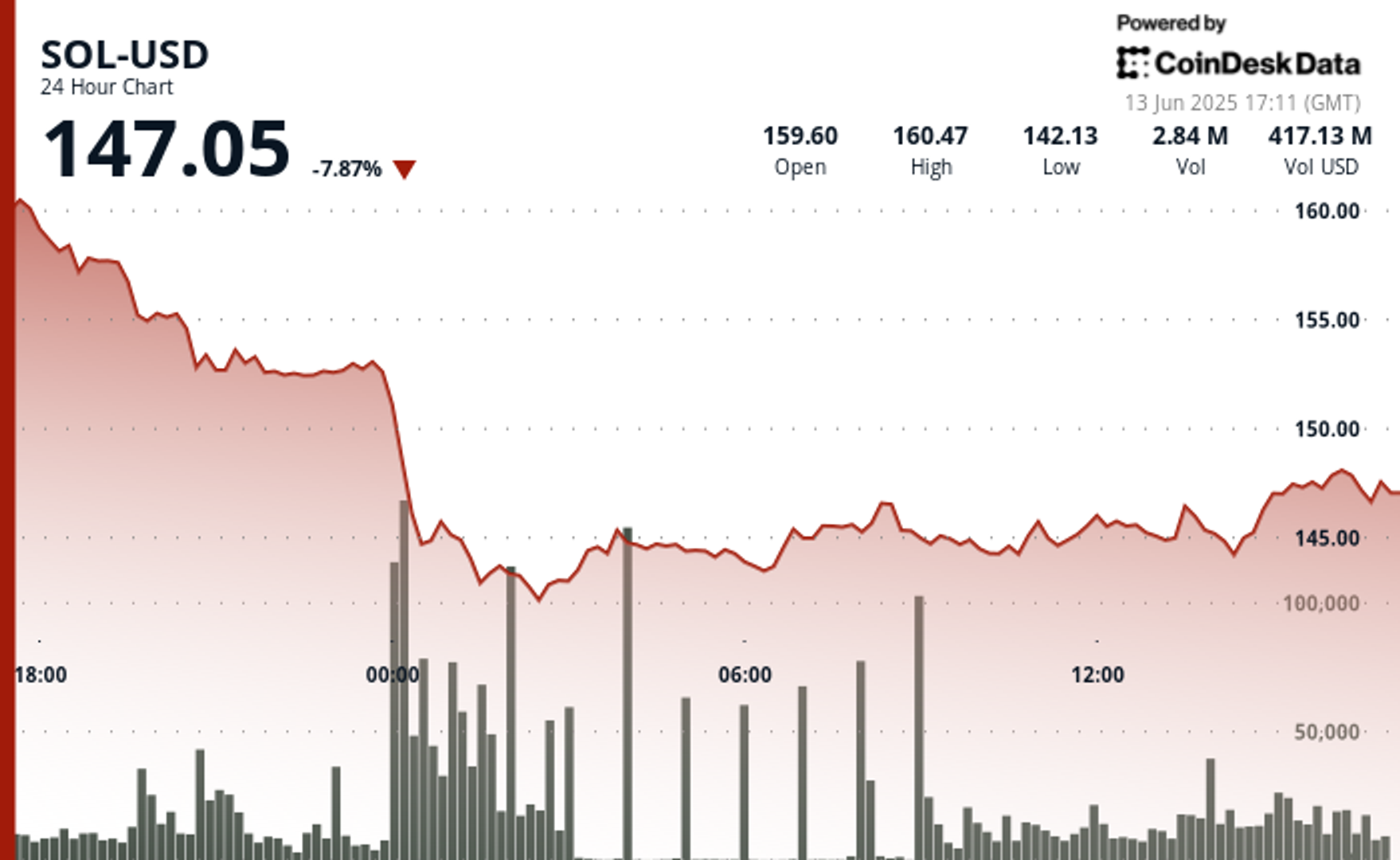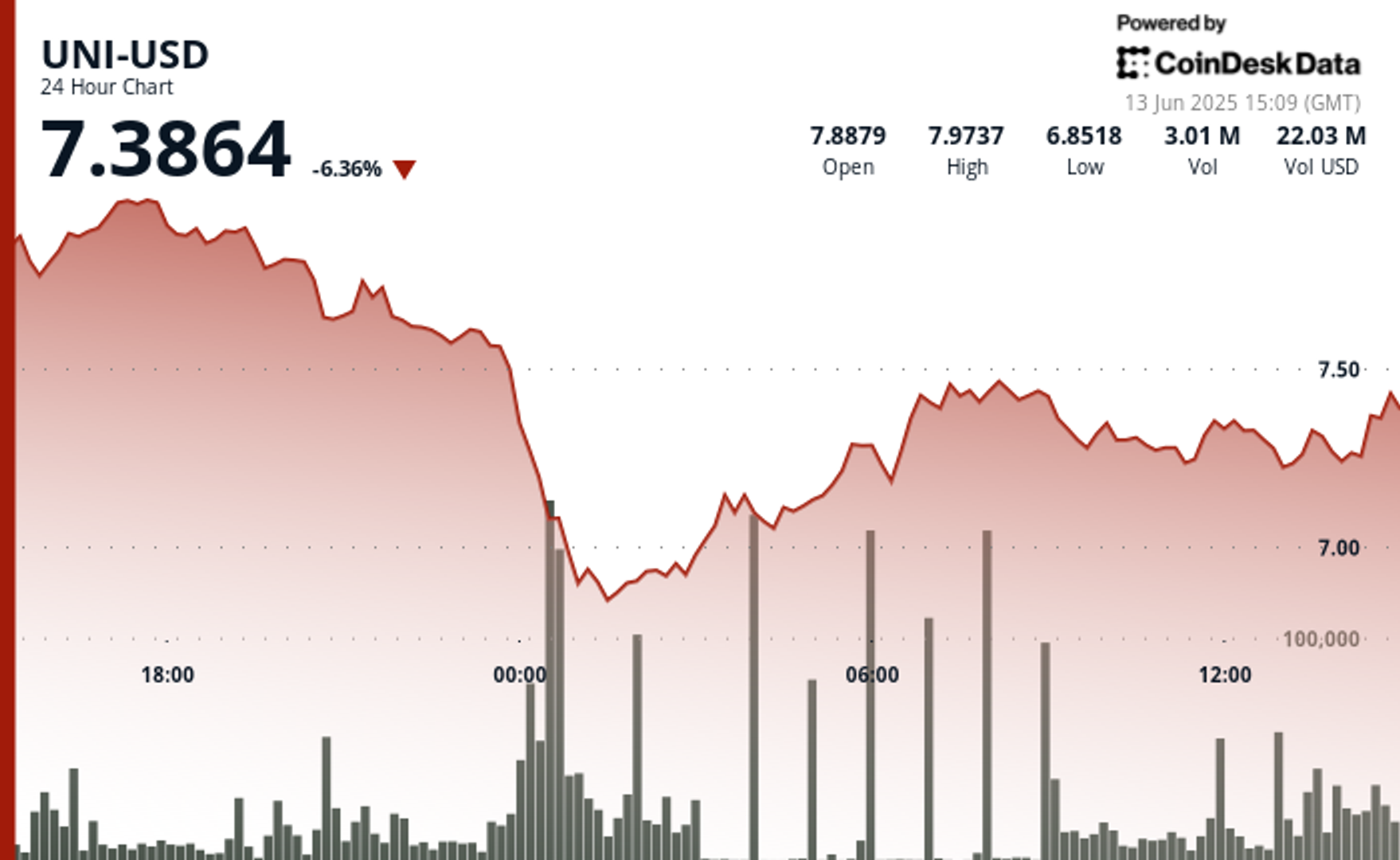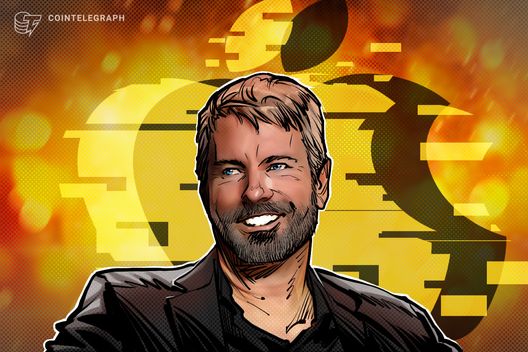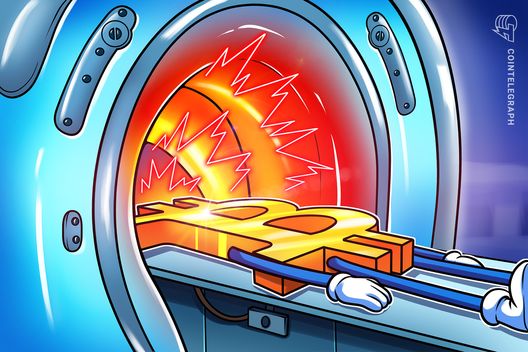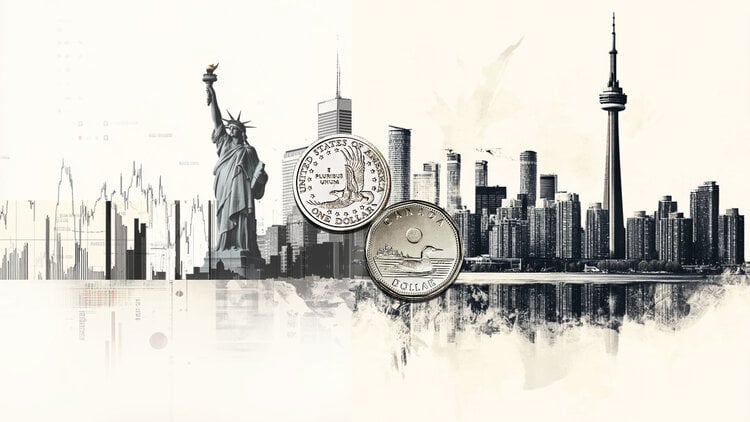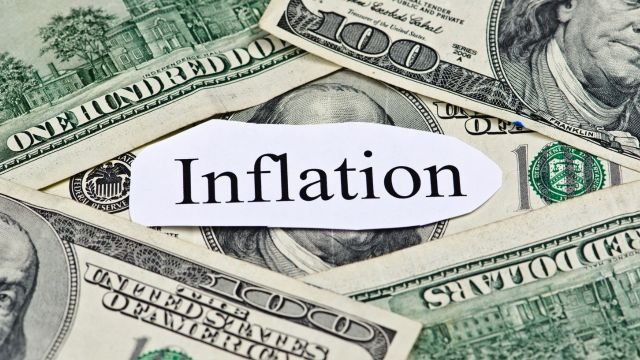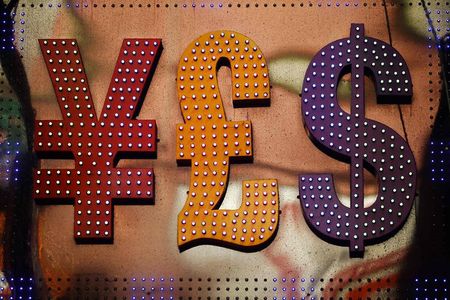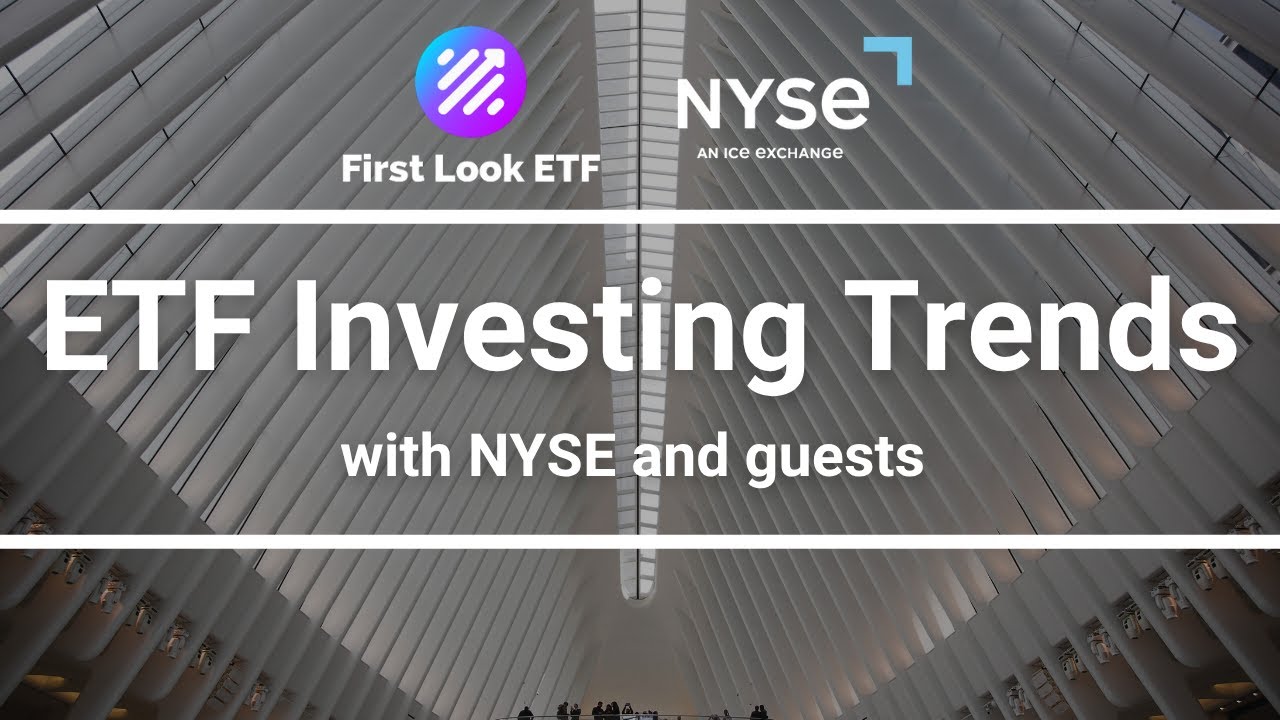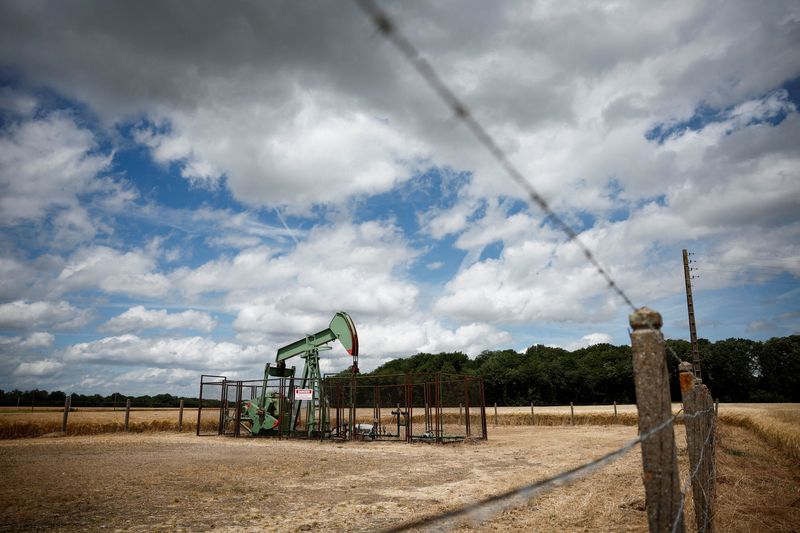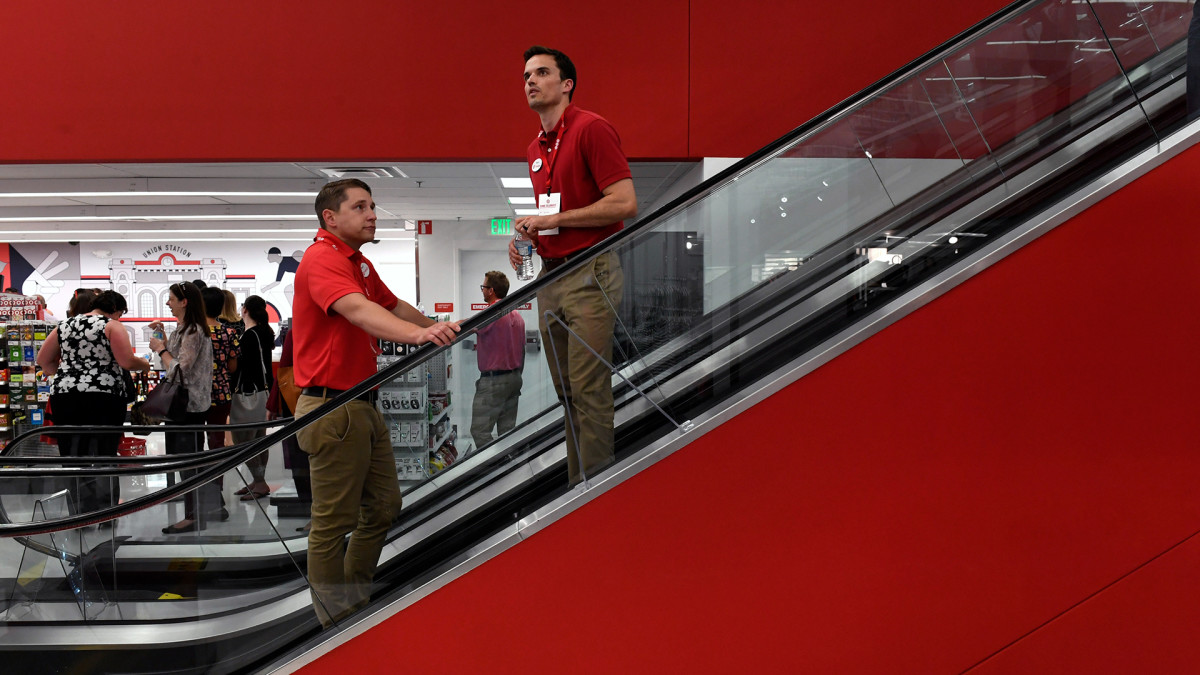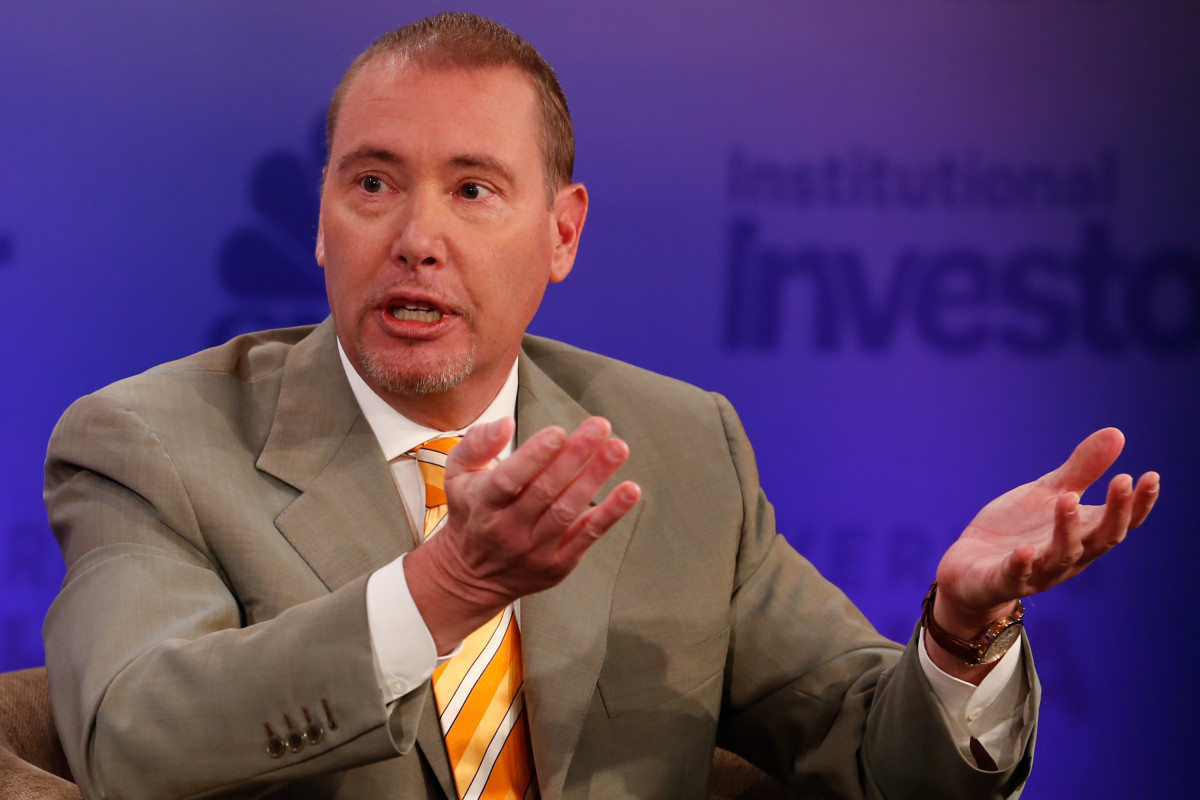Bank of America resets interest rate forecast after inflation, jobs reports
Here's what may happen to interest rates next.
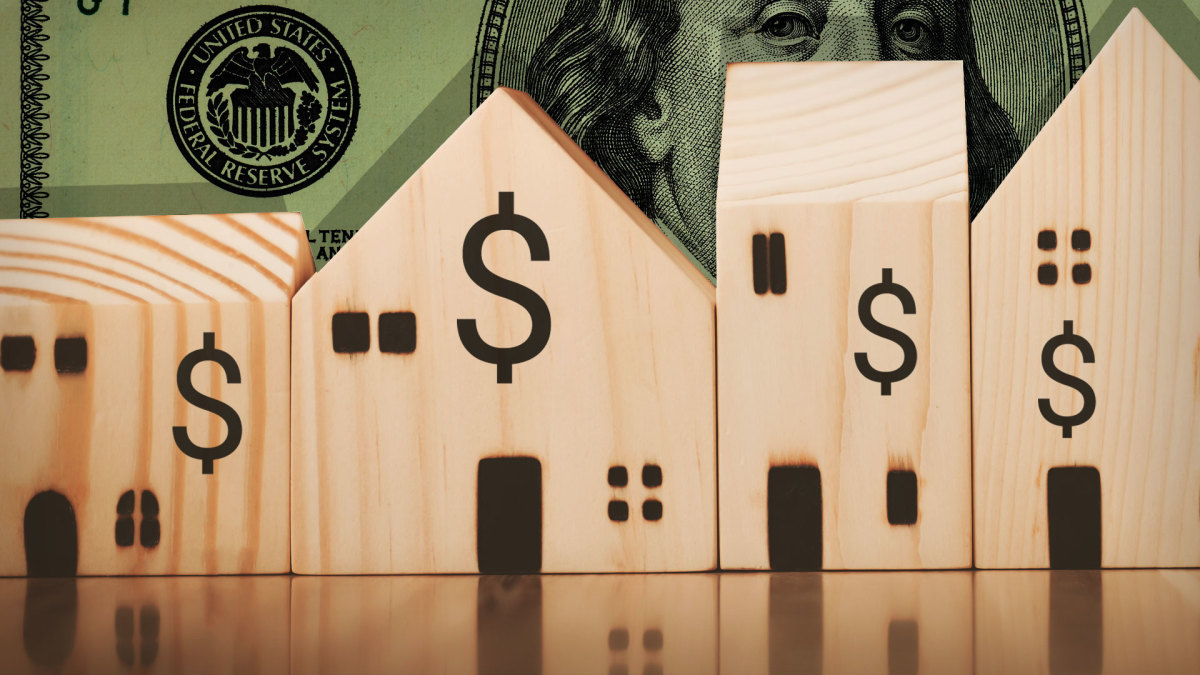
If you're hunting for a home, hoping for mortgage rates to fall anytime soon, I wouldn't hold your breath.
The housing market has been dealt a double-whammy from skyrocketing home prices and high mortgage rates, making affordability a big question that's sparked considerable debate over the Fed's interest rate policy.
While the Fed doesn't directly set mortgage rates, changes to its Fed Funds Rate do influence Treasury bond yields, and those yields are key to determining how much banks charge in mortgage interest.
Related: Billionaire fund manager sends strong message on Fed Chair Powell's future
Those who argue interest rates are too high, including President Trump, believe the Federal Reserve should cut rates immediately to reduce the risks of a recession. Others, including Fed Chairman Jerome Powell, believe patience is prudent, given that cutting rates too much could fuel inflation. Before cutting rates, the Fed wants to see more jobs and inflation data.
The Fed got updated insight into inflation and unemployment this past week from the Bureau of Labor Statistics, prompting Bank of America analysts to reset their forecast.
The Fed's dual mandate means it risks falling behind the curve
The Federal Reserve's monetary policy is designed to encourage low inflation and unemployment. Unfortunately, that's easier said than done.
Raising interest rates, like in 2022 and 2023, lowers inflation, but it increases unemployment, while cutting rates lowers unemployment but increases inflation.
Related: CPI inflation report resets interest rate cut bets
The situation is particularly tough this year because of tariff uncertainty.
President Trump has placed 25% tariffs on Canada, Mexico, and autos. He's also increased China tariffs to about 55% and instituted a blanket 10% baseline tariff on imports. The import taxes impact almost everything from cars to clothing, leading most to believe that inflation is likely to increase.
Tariff uncertainty has put the Fed in a box.
If it cuts rates too much, it risks fanning inflationary fires even as prices increase because of tariffs. If it doesn't cut rates, it risks falling behind the curve if unemployment worsens.
The latest jobs and inflation data aren't making the Fed's decision easier.
Consumer Price Index showed that inflation edged up 2.4% year over year in May from 2.3% in April, leaving it unchanged from last September.
Meanwhile, layoffs continue to rise compared to last year even as the unemployment rate clocks in at 4.2%, up from 3.4% in 2023.
Companies announced 696,309 lay-offs year to date through May, an increase of 80% from the same period in 2024.
Bank of America revamps interest rate outlook
The inflation situation isn't all bad. The 0.1% month over month increase was below the 0.2% expected, and 2.4% inflation isn't overly concerning, except that it remains above the Fed's 2% target.
Related: Fed official revamps interest-rate cut forecast for rest of this year
Similarly, the jobs market isn't terrible. Yes, unemployment is up and layoffs aren't encouraging, but 4.2% is still a historically low unemployment rate.
The combination may make it reasonable for the Fed to remain on pause, despite the negative impact on homebuyers and other borrowers, especially given the tariff uncertainty.
"The impact of tariffs was smaller than expected in May," wrote Bank of America analysts in a note to clients. "We expect to see it more clearly starting next month...we remain of the view that the bulk of the impact is still in the pipeline."
That pipeline of inflation pressure doesn't make it likely that the Fed will reduce interest rates.
However, the tame inflation reading may reduce the risk that the US economy is heading for stagflation, a period of high inflation and low or no GDP growth.
More Economic Analysis:
- Hedge-fund manager sees U.S. becoming Greece
- A critical industry is slamming the economy
- Reports may show whether the economy is toughing out the tariffs
"The benign May CPI print trims the tails of the Fed policy path distribution. Combined with the solid May jobs report, the CPI data reduce the chances of a nasty bout of stagflation," wrote the analysts. "That means a lower risk of "bad" cuts (due to a collapse in the labor market) but increased probability of "good" cuts (solid labor market and slowing inflation)."
Overall, Bank of America targets inflation rising from here, keeping the Fed in the wait-and-see camp. It expects the Fed to be "on hold this year."
The one bit of good news is that 2026 could be a different story. The analysts expect "100bp [ 1%] of "good" cuts next year."
Related: Veteran fund manager who predicted April rally updates S&P 500 forecast

